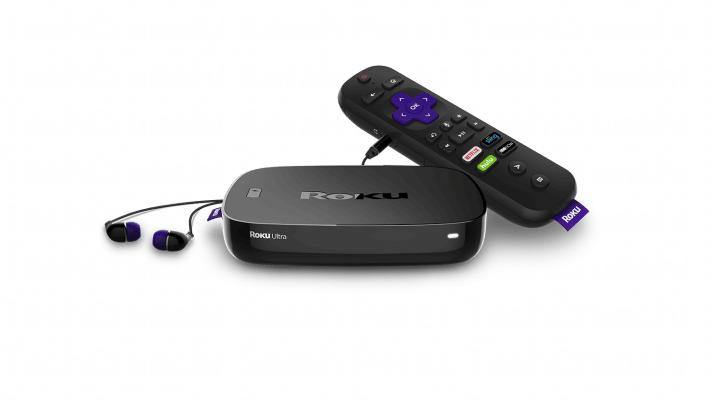A year after giving its product line-up a major overhaul, today newly-IPO’d Roku announced it’s tweaking its lineup of streaming media devices yet again, this time introducing five new players featuring improved performance, wireless reception, and other features. The changes will impact both the low-to-middle tier devices, like Roku Express and Roku Streaming Stick, as well as Roku’s premium player, Roku Ultra.
Separately, the company announced the launch of its new operating system, Roku OS 8, which includes several new features largely aimed at Roku TV users.
When Roku rebranded its devices last year, the larger goal was to plug every hole in the streaming market, without making users feel like they had purchased an older product, because they had a “Roku 1” instead of “Roku 4,” for example.
That led to the introduction of Express, Premiere and Ultra players, in both regular and plus (“+”) editions with offered expanded options – like a composite connection or better remote. These joined Roku’s Streaming Stick, its competitor to Chromecast and Fire TV Stick.
Today, Roku is sunsetting its mid-tier players, the Premiere and Premiere+, finding that customers either gravitate towards the affordable Express or portable Stick, or they go all out and choose the top-of-the-line Roku Ultra.
Where the Premiere used to sit, there’s a new higher-end Stick instead.
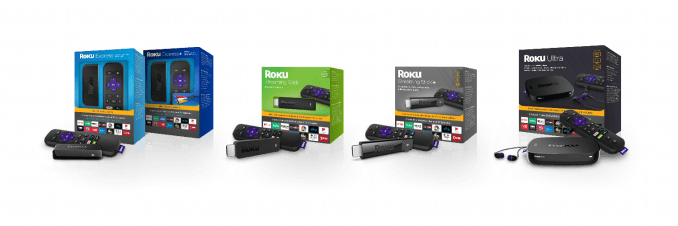
Express and Stick get faster
Today, the $29.99 Roku Express and $39.99 Express+ (which offers composite A/V ports, in addition to HDMI), are getting upgraded.
Thanks to a new chip, the devices are now five times more powerful than before, Roku claims, which means its software is quicker to load, videos will start faster, and navigation will be quicker.
The Roku Streaming Stick, first introduced back in 2012, is also being improved to better compete with rivals like Chromecast, and the new dongle-like Fire TV.
People who choose a Stick like to be able to take it with them – 36 percent use it while traveling and 59 percent move it from room to room in their own house, the company notes. But Roku doesn’t want customers to have to choose between portability and power or feature set.
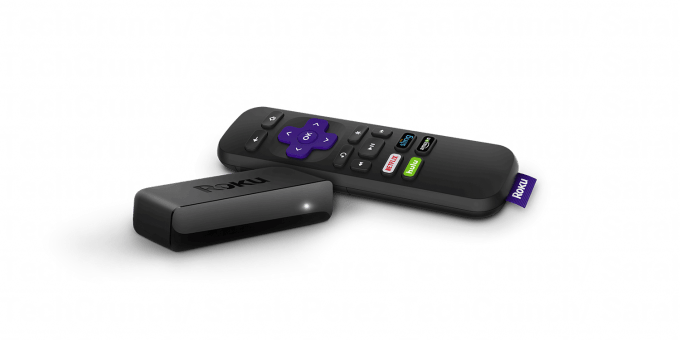
The upgraded $49.99 Streaming Stick features a quad-core processor, 802.11 AC dual-band MIMO wireless, but is now 50 percent more powerful than the last model, says Roku.
However, the bigger change is that the Stick now includes a voice remote with the ability to also control the TV power and volume. This is also why the Streaming Stick is priced a bit higher than, say, Google’s $35 Chromecast.
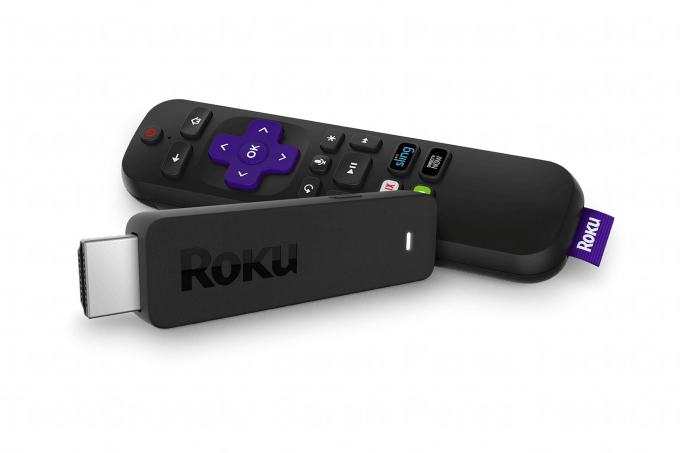
But unlike a standard universal remote, which often includes an annoying setup process, Roku’s Stick makes that part easier by analyzing your TV, then accessing a database of possible configuration codes, and downloading them to the remote. Users don’t have to locate or enter in the codes themselves.
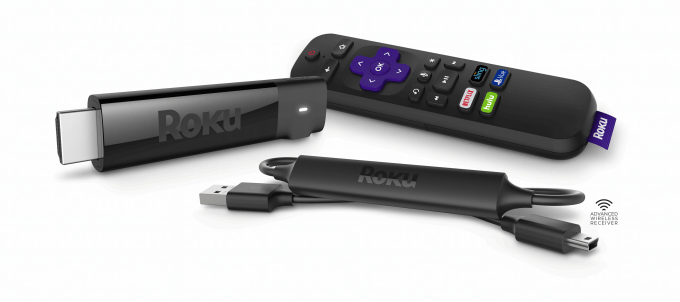
The company is also taking on Google’s $69 Chromecast Ultra with its new Streaming Stick+, which also supports 4K Ultra HD and HDR picture quality. This is actually the better deal, if you can afford the price jump. While the Chromecast Ultra forces you to use your mobile device as the remote, the $69.99 Streaming Stick+ (yep, a dollar more than Chromecast Ultra), ships with a voice remote and has upgraded wireless reception.
The company integrated its advanced wireless receiver in the power cord to boost its performance.
“This helps move it away from the television a little bit – because all TVs provide interference,” explains Lloyd Klarke, Roku’s Director of Product Management. “It also allows me to extend the distance between my antenna so I can get better reception. The result is 4 times the wireless range of our previous Streaming Stick,” he says. “It especially helps for 4K – with 4K and HDR it’s going take more bandwidth – this will help that,” Klarke adds.
But with this pricier Streaming Stick+, there would be too much overlap with the Premiere ($79.99) and Premiere+ ($99.99), so both Premiere’s are now going away.
Ultra gets cheaper
Meanwhile, Roku’s high-end Ultra, which was priced at $129.99 last September (though is being sold online these days for less) is now dropping to $99.99 MSRP. That’s a pretty compelling price point compared with the streaming market’s other premium device, Apple TV 4K, which starts at $179.
Like Apple’s device, Roku Ultra is focused on 4K streaming, with support for HD, 4K and 4K HDR up to 60 fps. It also has a bevy of ports – including ethernet, USB, and micro SD – and ships with a voice remote that includes the ability to control TV power and volume. The remote offers a headphone jack for private listening, too.
There’s also the “lost remote finder” feature on the Roku Ultra, for help locating a missing remote in your sofa cushions.
Roku has been doing well in the cord cutting business, having earned a spot as the U.S.’s top streaming device maker, ahead of Apple, Google and Amazon. It recently raised $219 million after pricing its IPO at $14 per share, valuing its company at over $2 billion.
The company’s players are modestly priced – as CEO Anthony Wood recently told TechCrunch, that means revenue growth has been modest as well. But the company has been increasing usage of its OS by partnering with TV makers to run its software. This, plus its overall widening footprint, have led to a growing portion of its revenues coming from its platform, not its low-margin players.
All the new Roku devices are available for pre-order today on Roku.com, Walmart, Best Buy and Amazon, and will hit retail stores around October 8th. (The Roku Express+ is a Walmart exclusive though).
[gallery ids="1549208,1549209,1549211"]
Roku OS 8
Alongside the upgraded players, Roku also announced Roku OS 8.
Primarily focused on improvements for Roku TV users, the new OS will now let users launch Roku TV users turn on the TV just by using voice commands.
That means you can say things like “Launch Vudu,” or “Tune to ABC” for example, while pressing the voice button on the remote. There’s no keyword or phrase you have to use first, as with Siri or Alexa – the trigger is the button push.
Roku OS 8 also lets you switch input sources via voice, use single sign-on (SSO) with around 30 TV providers, access Roku’s private listening mode with your broadcast channels, and includes a new “Smart Guide” that integrates streaming content in addition to linear TV programming in one interface.
That way, you can see if something on TV is also available on-demand, or for rent or purchase.
Roku OS 8 roll out to streaming players in October and to TV’s in November.
